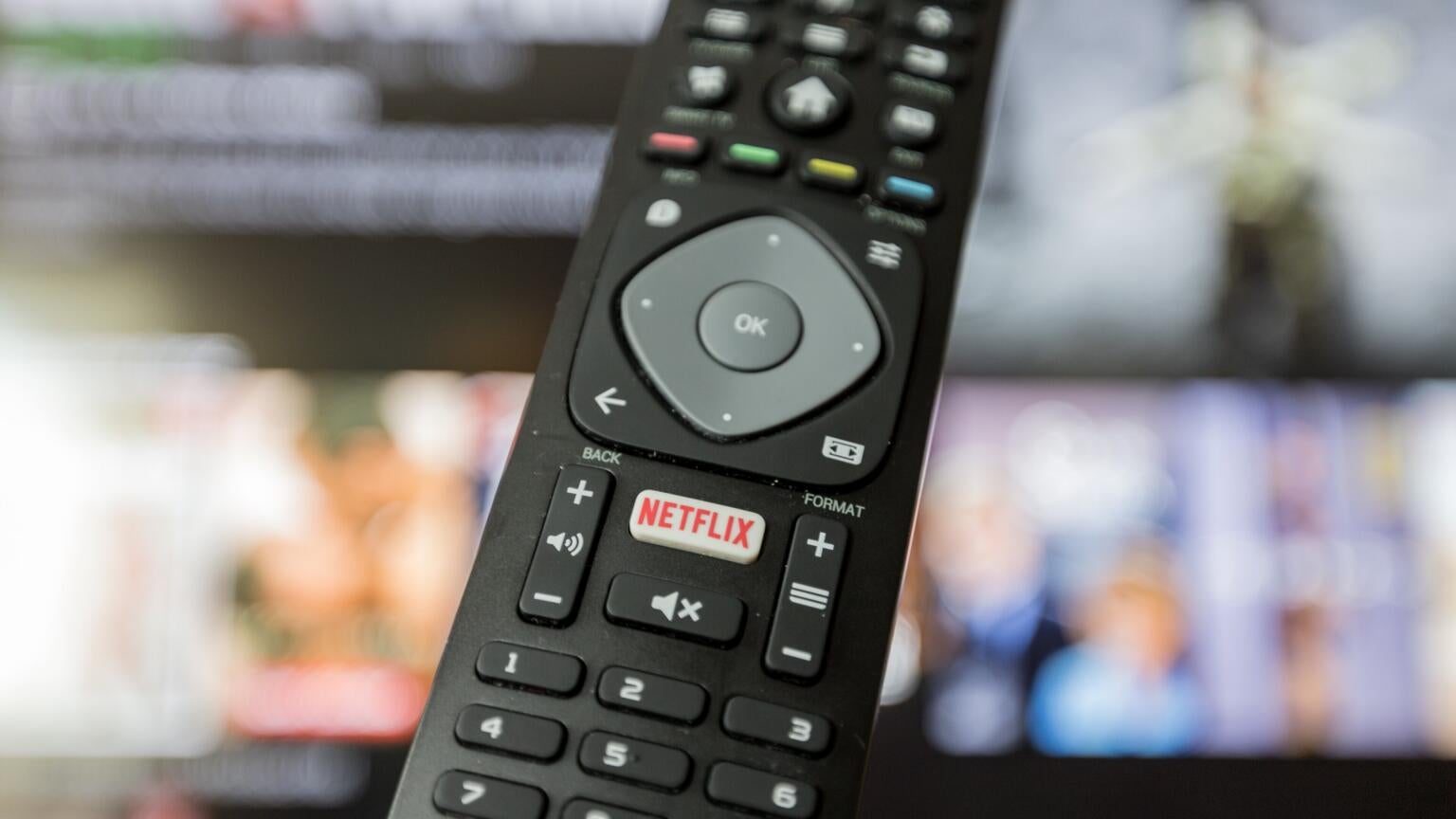
With 2021 drawing to a close, and not a moment too soon, a look back is fitting to give us an idea of not only where we’ve been, but where we may be going. Apptopia recently released its list of the 10 most downloaded entertainment apps of 2021. The list won’t give us a complete picture of 2021 in streaming entertainment. However, the list contains enough surprises to give entertainment market watchers pause.

The Biggest Names are All in Play
A look at the top five downloaded apps won’t yield many surprises. HBO Max led the way in 2021 with 46 million downloads. Netflix came in second with 38 million, followed closely by Disney+ with 37 million. Peacock may have been the biggest surprise with 30 million downloads, and rounding out the top five was mainstay Hulu with 29 million.
The numbers here are compelling enough, but a look at the longevities is something else entirely. Peacock launched back in 2020. Disney+ launched only a few months earlier, and HBO Max came out just a little after Peacock did. Netflix and Hulu, meanwhile, have been around in one form or another since 2007. It’s a surprise that Netflix and Hulu made the lists; it would be easy to think that, by now, they’d all been downloaded by everyone who was going to download them.
We can’t forget here, though, that any time someone gets a new device, that means a fresh download to put the app on that device. So even long-lived apps like Netflix and Hulu can get fresh downloads just because someone upgrades their phone or tablet.
There are also special instances like Peacock’s Olympics coverage that may have driven outsized downloads.
The Rise of Free-to-Watch
While most of the top five was occupied by some of the biggest names around, the bottom five is a bit more eclectic. Yes, Amazon Prime Video is in there—it’s actually number eight with 25 million downloads—but it’s quite a bit farther down than its major corporate status would imply. Number six on the list, with 28 million downloads (three million more than Amazon Prime, no less) is Tubi. Tubi is immediately followed by Roku at 26 million. Just under Amazon Prime is another Amazon property, Twitch, at 18 million. Last on the list is discovery+ with 18 million.
Issues of longevity here don’t apply as much, however. Tubi has been around since 2014, and Amazon Prime Video is actually younger, having launched in 2016 after a split from Amazon Prime. The Roku Channel has been around since 2017, and discovery+ will celebrate its first anniversary next week.
Three of the top 10, and one of the top five, on this list offer a free-to-watch, ad-supported tier. Hulu also offers an ad-supported tier, but that comes with a paid component. Other free-to-watch platforms like Pluto TV failed to make the list altogether. Yet much of the bottom five of the list is populated by items that offer some level of content for no charge. Are we looking at a move away from some of the top subscription services to instead pursue the ad-supported properties? Remember that Roku is planning a major new push for original content. Tubi, meanwhile, has had its eye on originals since last March.
Related: The Best Free Streaming Services
The Struggles of User-Generated Content
That Twitch made the list isn’t such a surprise. There are plenty of content creators migrating to Twitch, as in some cases, Twitch’s terms of service are somewhat less restrictive than YouTube. Yet YouTube doesn’t show up on the list at all this time around. Is it a matter of user-generated content struggling? Perhaps it’s more along the lines of user-generated content that isn’t video game-related. Or, as a further alternative, perhaps it’s YouTube’s availability as a standard website that keeps users away from the mobile side.
There’s no shortage of users interested in watching content that isn’t issued by a studio. A look at YouTube’s numbers bears that much out; as of mid-November 2021, YouTube had over 1.9 billion active users a month. With only seven billion people or so on the planet, that’s no mean feat. And with viewers watching over a billion hours of content a day—or just leaving it running in the background while doing something else—YouTube is a major part of the streaming landscape.
Why, even we're on YouTube. Check it out sometime.
The Future of Streaming
So now that we’ve seen the numbers, there’s only one point left to consider. Where do we go from here? Well, we know that the biggest names are still pulling viewers, and downloads. We also know that the free-to-watch segment and the user-generated content segment are both making inroads with users. With free-to-watch platforms more aggressively considering original content, we may be seeing these platforms gain still further as they become the only places to watch such content.
Original content has long been shown to be the thing that keeps users in the fold and helps reduce churn. After all, with users running an average of nine separate services at once, there’s room for a few different brands to work in here. The platforms need to make themselves attractive to users, and it’s not surprising to see users pursue a combination of free-to-watch platforms for the “catalog titles”—what video stores used to call the older stuff—and the subscription platforms for the new originals. That the free-to-watch platforms would incorporate their own originals isn’t much of a surprise either. It helps prevent churn, and encourages return viewership.
It’s a dynamic future ahead, and streaming video is likely to be a big part of it whatever form it ultimately takes.